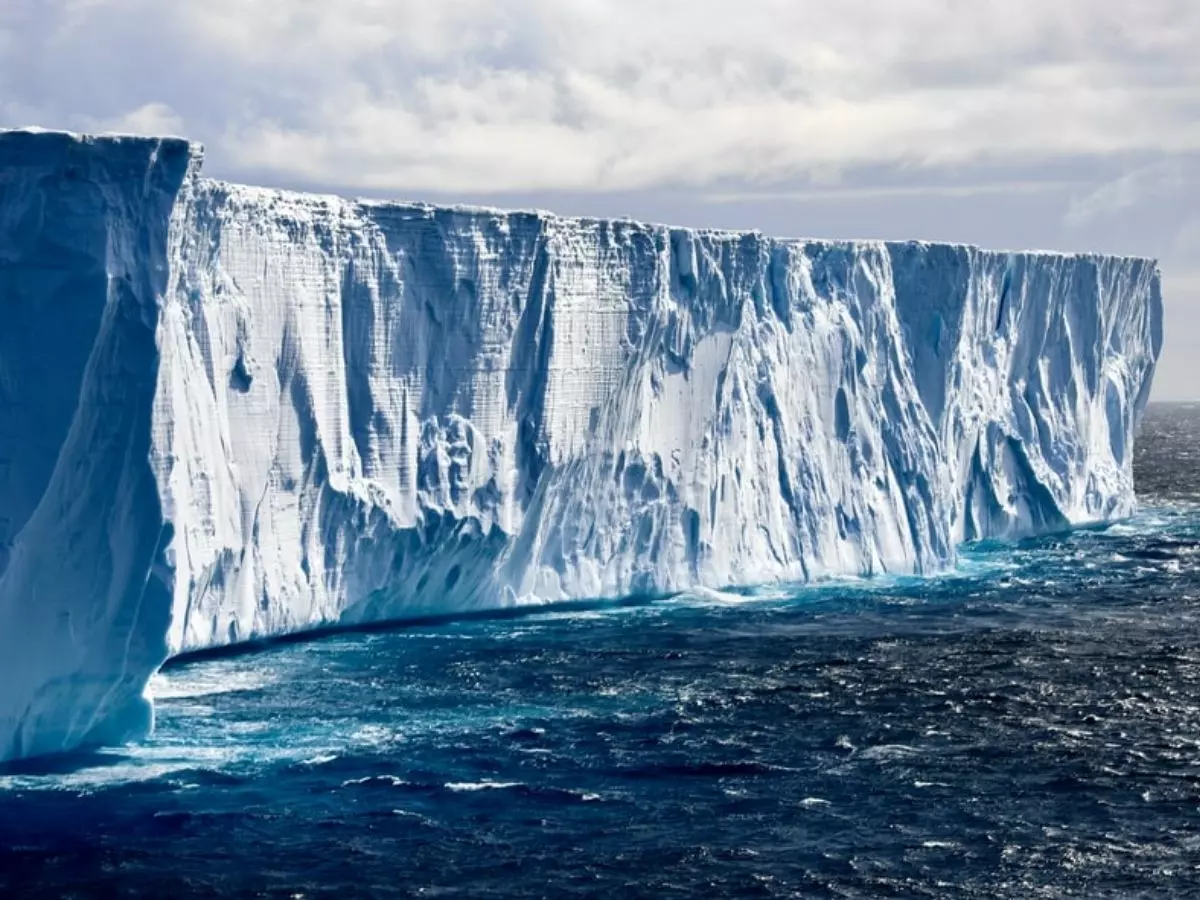Despite Global Warming, Parts Of Antarctica Ice Shelf Have Grown In Last 20 Years
As of now, it is not certain how sea ice around Antarctica would evolve due to climate change and its impact on sea level rise. Some models forecast wholescale sea ice loss in the Southern Ocean while some predict ice gain. However, breaking of icebergs in 2020 could be hinting the start of change in atmospheric patterns as well as return to losses, according to the research.

Several parts of Antarctica have actually seen a rise in the last 20 years, despite the ongoing global warming and climate change that has wreaked havoc since the late 20th century.
 Unsplash
Unsplash
Also Read: Ice Shelf As Big As Rome Collapsed In Antarctica As Temperatures Became Abnormal
Reported first by Daily Mail, researchers from Cambridge University, Newcastle University and New Zealand¡¯s University Of Canterbury used a combination of historical satellite measurements along with ocean and atmosphere records and their observations have revealed the complexity and often overlooked importance of sea ice variability to the health of the Antarctic sheet.
They have found that 85 percent of the 870 mile-long ice shelf along the eastern Antarctic Peninsula saw an uninterrupted advance between surveys of the coastline in 2004-2004 and 2019. This was quite the opposite of the extensive retreat observed over the last two decades.
According to the researchers, this advance was linked to changes in the atmospheric circulation that led to more sea ice being carried to the coast by the wind.
Dr Frazer Christie, from Cambridge's Scott Polar Research Institute (SPRI) and the paper's lead author, explained, ¡°We've found that sea ice change can either safeguard from, or set in motion, the calving of icebergs from large Antarctic ice shelves. Regardless of how the sea ice around Antarctica changes in a warming climate, our observations highlight the often-overlooked importance of sea ice variability to the health of the Antarctic Ice Sheet.¡±
Dr Christie and his co-authors in 2019 were part of an expedition to look at ice conditions in the Weddell Sea offshore of the eastern Antarctic Peninsula. According to study co-author Prof Julian Dowdeswell, during the expedition they saw parts of the ice shelf coastline were at their most advanced position since satellite records began in the 1960s.
 Unsplash
Unsplash
Also Read: Each Human Tourist Melts 83 Metric Tons Of Snow In Antarctica, Says Study
After the expedition, they saw satellite images all the way back 60 years as well as state of the art ocean and atmosphere models to investigate in detail the spatial and temporal pattern of ice-shift change.
As of now, it is not certain how sea ice around Antarctica would evolve due to climate change and its impact on sea level rise. Some models forecast wholescale sea ice loss in the Southern Ocean while some predict ice gain. However, the breaking of icebergs in 2020 could be hinting the start of change in atmospheric patterns as well as return to losses, according to the research.
Dr Wolfgang Rack from the University of Canterbury added, ¡°It's entirely possible we could be seeing a transition back to atmospheric patterns similar to those observed during the 1990s that encouraged sea ice loss and, ultimately, more ice-shelf calving.¡± For more in the world of technology and science, keep reading Indiatimes.com.
